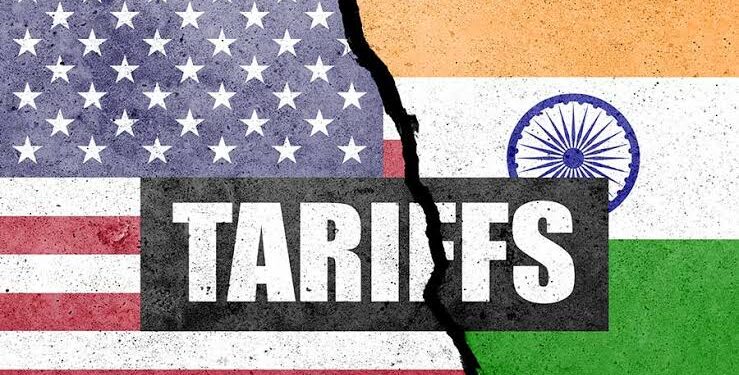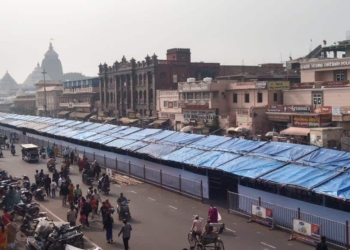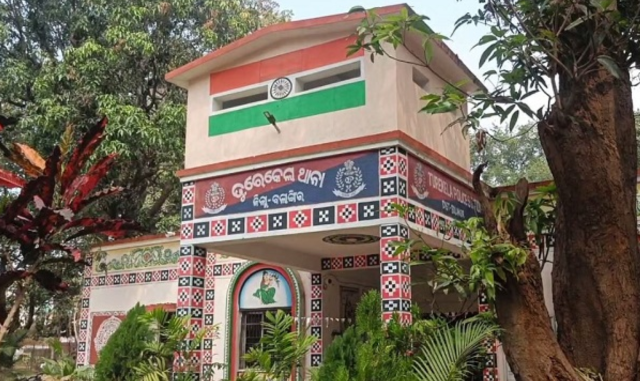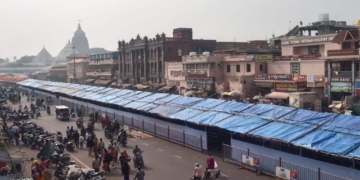US President Donald Trump’s fresh tariff hike on Indian imports came into force on Wednesday, August 27, escalating trade tensions between Washington and New Delhi.
The additional 25% levy, announced earlier this month, has doubled the duties on Indian goods to 50%, placing India alongside Brazil and China among countries facing the highest tariffs imposed by the US.
The White House linked the new measures to India’s continued purchase of Russian oil, a justification that India has firmly rejected. New Delhi has slammed the move as “unfair and unjustified,” accusing Washington of tying trade issues to unrelated foreign policy matters.
India Pushes Back
Reacting strongly, India’s Ministry of Commerce reiterated that the country will not compromise on its domestic priorities, especially in agriculture and dairy sectors. Prime Minister Narendra Modi recently told Parliament that India “will not compromise farmers despite a heavy price.” Officials further clarified that New Delhi will not bow to pressure on its strategic oil imports from Russia, which remain crucial to India’s energy security.
A planned US trade delegation visit to India (August 25–29) has already been cancelled, according to reports, reflecting the deteriorating climate of negotiations.
Timeline of Escalation: How Trade Talks Collapsed
February 2025
-
PM Modi and President Trump agree to pursue a limited trade deal and expand bilateral trade to $500 billion by 2030.
-
India pledges to step up US energy imports.
March
-
Trade minister Piyush Goyal visits Washington for talks with US commerce secretary Howard Lutnick and USTR Jamisen Greer.
-
USTR annual report flags India’s tariffs and IP policies. Talks seen as “progressing well.”
April
-
US Vice President JD Vance visits India.
-
Framework for a trade deal finalised; speculation grows about a July signing.
May–June
-
Multiple high-level visits, including Piyush Goyal and negotiator Rajesh Agrawal in Washington.
-
Trump promises a “big trade deal soon.”
-
Deadlock emerges over agriculture and dairy tariffs.
-
Modi prioritises Odisha visit over a Trump dinner invitation.
July
-
Fifth round of talks resumes but no breakthrough.
-
Modi dismisses Trump’s claims of mediation in India-Pakistan conflict, signaling strained ties.
-
Trump announces 25% tariffs starting in August, citing India’s Russian oil trade.
August
-
August 7: First 25% tariff wave imposed.
-
India calls the policy “unfair and unjustified.”
-
Modi reaffirms no compromise on farmers’ interests.
-
August 22: White House adviser Peter Navarro accuses India of “cozying up” to China.
-
August 27: Second wave takes effect, doubling tariffs to 50% — the steepest ever for an Indian trade partner in US history.
What Lies Ahead
Analysts warn that the 50% tariff could significantly impact Indian exports, particularly in textiles, agriculture, and manufactured goods, while also raising costs for American consumers. With negotiations stalled and trust at a low point, the future of US-India trade ties appears uncertain.




























